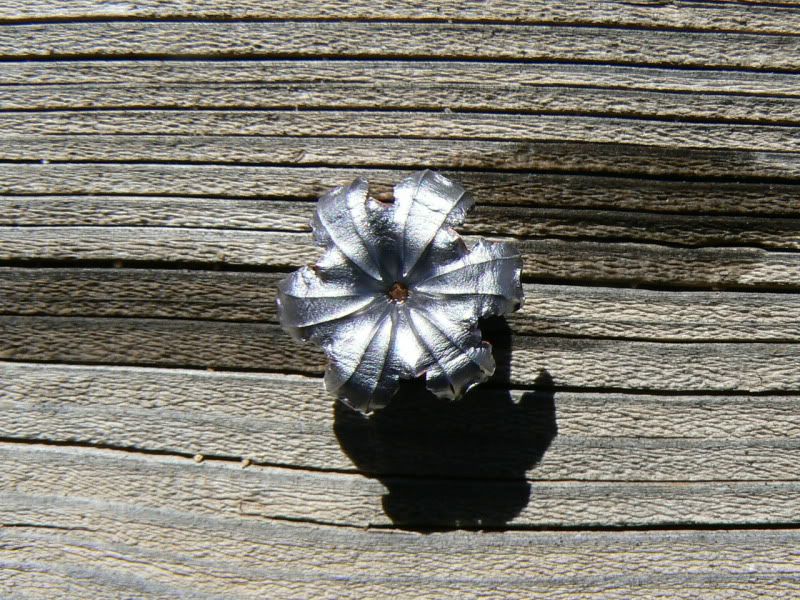Maybe I should rephrase. Going off the data, the 357. is the winner based off of velocity and FPE. But, .40 and .45 seem to be regarded as the more favorable calibers when it comes to energy transfer or "stopping power".
...Im looking for the deciding factor in energy transfer whether it be bullet weight, velocity, FPE.
The way I see it, energy transfer is one piece of a larger puzzle leading to a determination of "stopping power". You are using the two interchangeably, it appears, for the sake of simplicity toward how each individual interpets the two terms themselves.
Going by "how I see it", 9mm-357SIG-40S&W-45Auto
CAN NOT be compared in any way overall. Even you yourself in your first post ended up comparing loads at specific velocities with specific bullet weights. Not to mention how velocity of even that minute sample changes between being fired from a full sized platform to a subcompact platform.
IMO, some 9mm loads are better manstoppers than some 40S&W loads and some 45Auto loads, and visa versa in every way you can spin it. Untimately there may be more better loads in one of the three over the others, or even one best load. In the end though, the point is individual loads within each must be used for comparison to gather any meaningful results.
There reason there is never an overall agreement as to which is best is because they can't be compared overall. Pretty simple. Yet this seems to be how ~99% of the population that supposedly cares, looks at it.
Same with throwing 357SIG loads into the mix. All 357SIG loads available are NOT created equal in terms of energy transfer. Therefore they must be looked at on an indivdual basis also.
Beyond that there are people who are more than happy with a load good for 10" penetration depth, while others want a pass-through wound everytime, not to mention those that want something inbetween. And when you deal with both those groups in the same discussion on energy transfer in reguard to incapacitating effect(s) you're going to get greatly varied conclusions on an individual basis to say the least.
You already know that even within a group that simply chooses EITHER the 9mm OR 357SIG OR 40S&W or 45Auto, that they greatly vary on what round they think is best for incapacitating effects on live subjects, man or beast. They even vary between using FMJ or JHP. Some don't consider there to be enough difference between any individual load and simply use what they can buy cheapest.
Ultimately, within each "School of Thought" on what's required for quickest incapacitating effects, the best load from each of: 9mm, 357SIG, 40S&W, and 45Auto, would have to be decided upon, and the discussion continued from there for any resonable conclusion to be reached.
I on the other hand choose specific loads in 10mm Auto which no load in 9mm, 357SIG, 40S&W, or 45Auto, compares to anyway. Takes a lot of guess work out of the equation right off the bat, wouldn't you say? The only arguement beyond that is wanting or not wanting to carry the specific platforms available for the 10mm Auto.
Some would argue cost being too expensive for the 10mm Auto, but if you can afford to shoot 357SIG and/or 45Auto, then you too can afford to shoot 10mm Auto, reguardless if you're interested or not interested in getting your ammo from online sources. Some will argue follow-up shots are too slow with full-power 10mm Auto loads. To that, I call blasphemy.
If a BG gets the jump on me because the triple-tap I'm capable of with the 10mm from a G29 isn't "good enough" compared to 9mm and the others, then in my opinion a 9mm or any of the others wouldn't have helped either. Not to mention I'm already doing more damage per round in 10mm than the next guy choosing to shoot 9mm or any of the others previously mentioned.
Bottom line, it's not about any of the individual aspects of what equate to the "best" terminal performance. It's about all the individual aspects considered as a whole for every specific load available between all the cartridges you're comparing. Anything else is giving you false information anyway +99% of the time given all available choices.
Good Shooting,
Craig

hew:









